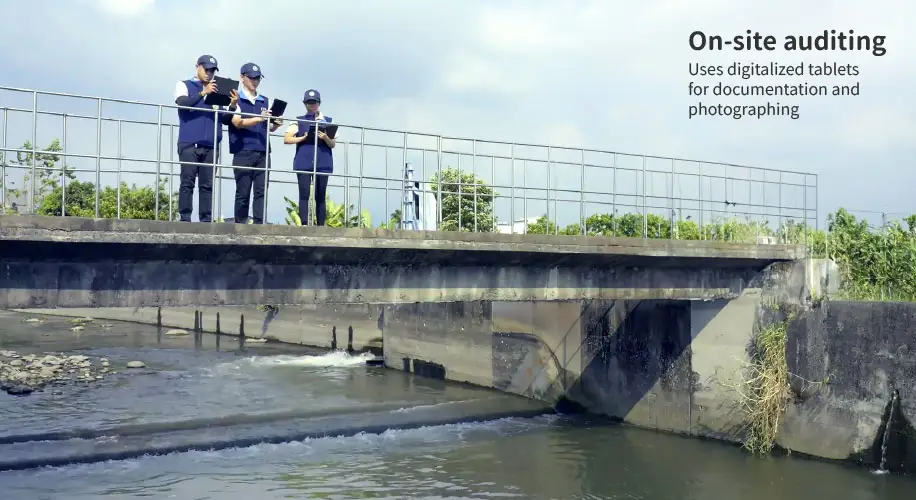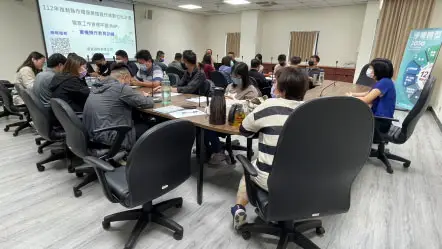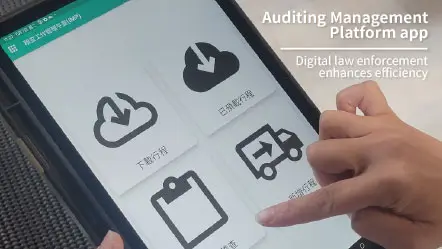 Digitalized Law Enforcement
Digitalized Law Enforcement
In today's rapidly digitalizing society, the Ministry of Environment has integrated multiple law enforcement information systems, leveraging big data technology to store, analyze, and consolidate information into a more comprehensive and secure data platform.
The Inspection Management Platform and its corresponding mobile application were specifically developed to streamline the inspection process. This eliminates the need to switch between systems, allowing law enforcement officers to access data on anomalies through a "one-click search" function within a single system. Nationwide information is visualized on the platform, enabling efficient identification of potential pollution sources. The mobile application further supports on-site inspections, providing inspectors with digital tools to fully transition to paperless, digitalized law enforcement.


In line with the policy and reformation of the central and local governments working together on inspection, digital inspection tools are continuously promoted and next-generation digital inspection tablets are introduced to upgrade inspection procedures from the traditional method of carrying stacks of paperwork into a more efficient process requiring using only a single digital tablet to quickly access pollution information. Digital inspection is gradually promoted to local environmental protection bureaus, improving local inspection efficiency.

The platform collects and consolidates data from various systems, including those of departments within the ministry and external sources, fully automating the link to relevant information. This allows inspectors to easily access comprehensive information on air, water quality, waste, and toxic chemicals from a single platform, eliminating the need for time-consuming research and data management.
A tailored dataset for inspectors is developed and a GIS system introduced to display regional information needed for environmental inspection, enabling rapid identification of potential pollution sources.
Future plans include the expansion and consolidation of environmental monitoring data collected, including air, water quality, soil, groundwater, toxic chemicals, and waste. This supports the formulation of more effective law enforcement strategies and improves inspection efficiency, ultimately enhancing environmental quality.
To meet the demands of inspection work, senior inspectors' experience and actual cases are combined to transform inspection experience into systematic logic, helping develop a smart cross-referencing logic analysis module. This module leverages information technology to replace tedious manual data verification and monitoring. Through big data analytics, large volumes of reports are analyzed quickly to provide information on suspicious or potentially illegal activities, helping inspectors focus on essential on-site investigations.
ConclusionGiven the complexity of environmental issues, environmental protection inspection and law enforcement strategies must be continuously updated and improved. By incorporating digital technology, artificial intelligence, and big data analytics into law enforcement procedures, the digitalization and intelligentization of environmental law enforcement is actively promoted, using next-generation environmental management tools to enhance the efficiency, effectiveness, and precision of law enforcement efforts. This not only deters environmental pollution and illegal activity but also protects environmental quality, combats crimes, and safeguards Taiwan's environment.
- Data Source: Division of Environmental Enforcement
- Publish Date: 2024-08-27
- Update Date: 2025-11-11

 Related Topics
Related Topics



